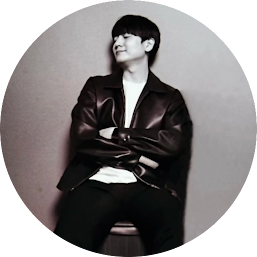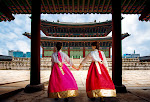
Beneath Jeju Island’s stunning landscapes lies the story of the Jeju 4.3 Uprising (April 3 Incident), a tragic chapter in Korea’s modern history that continues to shape its collective memory.
Jeju 4.3 Incident: Remembering Korea’s Hidden Tragedy
Introduction

The Jeju Massacre (Jeju 4.3 Incident) unfolded between 1948 and 1954, beginning on April 3rd, 1948. What started as resistance to political repression became a brutal suppression campaign that left tens of thousands dead. For decades, the tragedy was silenced — but today, it is recognized as a defining moment in Korea’s struggle for democracy and human rights.
Background & Context
After liberation from Japanese colonial rule in 1945, Korea was divided into North (Soviet-backed) and South (U.S.-backed). Jeju, with its fertile land and strong grassroots movements, leaned toward progressive politics. The newly formed South Korean government under Syngman Rhee viewed Jeju as a threat, labeling many residents as “communist sympathizers.” On April 3, 1948, armed resistance clashed with police, sparking years of violent suppression.
Key Highlights
🔴 The Massacre
Villages were burned, civilians executed, and entire communities displaced. Estimates suggest between 30,000–60,000 people (roughly 10% of Jeju’s population at the time) lost their lives.
⚫ The Aftermath
Survivors lived under decades of stigma and silence. Families could not openly mourn, and even speaking of “4.3” was forbidden until democratization in the 1980s.
🕊 The Cover-Up & Truth-Telling
For over 40 years, official records denied the events. Only in the 1990s did the Korean government begin public investigations. In 2003, a presidential apology acknowledged state responsibility.
🌿 The Legacy
Today, the Jeju 4.3 Peace Park and annual April 3 Memorial Ceremony honor the victims. The tragedy remains a symbol of the importance of human rights, democracy, and reconciliation.
Practical Tips for Visitors
- 🕊 Visit the Jeju 4.3 Peace Park & Memorial Hall for an in-depth historical exhibition.
- 📅 Attend the annual April 3rd Memorial Ceremony to witness Korea’s remembrance culture.
- 📚 Read works like John Merrill’s The Cheju Uprising or publications by the Jeju 4.3 Peace Institute.
- 🎧 Explore documentaries and oral histories that capture survivors’ voices.
FAQ
Q: What was the Jeju 4.3 Incident?
A: A violent suppression by government forces from 1948–1954, following protests and uprisings on Jeju Island, resulting in tens of thousands of civilian deaths.
Q: Why did it happen?
A: Rising Cold War tensions and South Korea’s crackdown on leftist movements framed Jeju as a “security threat,” leading to indiscriminate violence against civilians.
Q: How many people died?
A: Historians estimate between 30,000–60,000 deaths, around 1 in 10 Jeju residents.
Q: How is it remembered today?
A: Through the Jeju 4.3 Peace Park, memorial ceremonies, education programs, and government reports acknowledging responsibility.
Conclusion
The Jeju 4.3 Uprising remains a painful scar and a lesson in Korea’s modern history. Remembering the massacre honors the victims, educates future generations, and reinforces the values of democracy, truth, and reconciliation. Jeju is not only an island of beauty but also of memory — and its story deserves to be told.
Want to learn more about Korea’s history?
Join our YouTube channel for deeper stories and cultural insights:
👉 www.youtube.com/@KORCULTURE



0 Comments